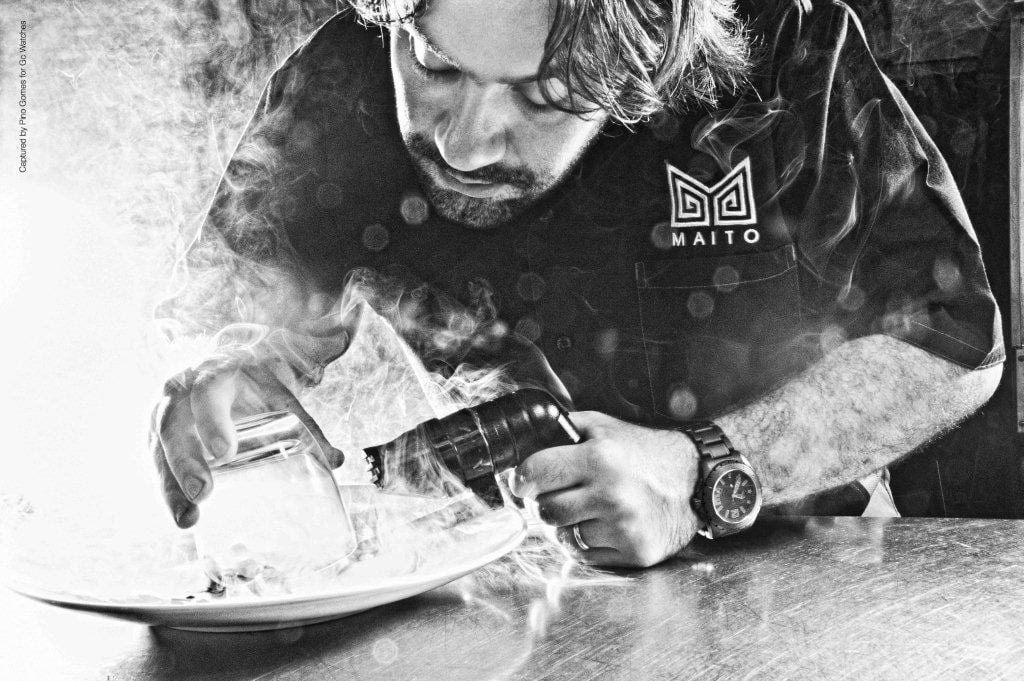At a fine dining restaurant in Panama City, customers are tucking into kalalu, a tropical fern with an earthy flavour, blanched like an asparagus, and brushed with olive oil and grilled.
As chef-cook Castrellón started to work with Panama’s flora and fauna to develop his menus, he found that indigenous farmers were losing out in the production and distribution process: much of the produce was lost or sold at low prices because of improper distribution channels. Intermediaries would take most of the profits by the time the produce reached his restaurants, and the farmers saw little revenue. Castrellón therefor decided to work by a very different principle: he buys directly off the micro-producers, with the help of local NGO Nutre Hogar and so far it’s a great succes.
“The indigenous people are always left behind or looked down upon,” says Castrellón. “From my point of view they are the real owners of this country. They have survived here without using up all of the natural resources. I just want to help empower them so they can live better lives.”
Indigenous groups that the restaurant works with involve tribes out of the Darien province, which are mostly Embera. The Embera have a very rich kitchen themselves, but unfortunately the government usually does not allow them to farm a lot of produce, which is something NGO’s like Nutre Hogar are fighting to change in order for these tribes to maintain their ways of living. Want to learn more about the culture of the Embera, have a look at this video:
You can take a look at the result of this project in the shape of Castrellóns’ small works of art.

